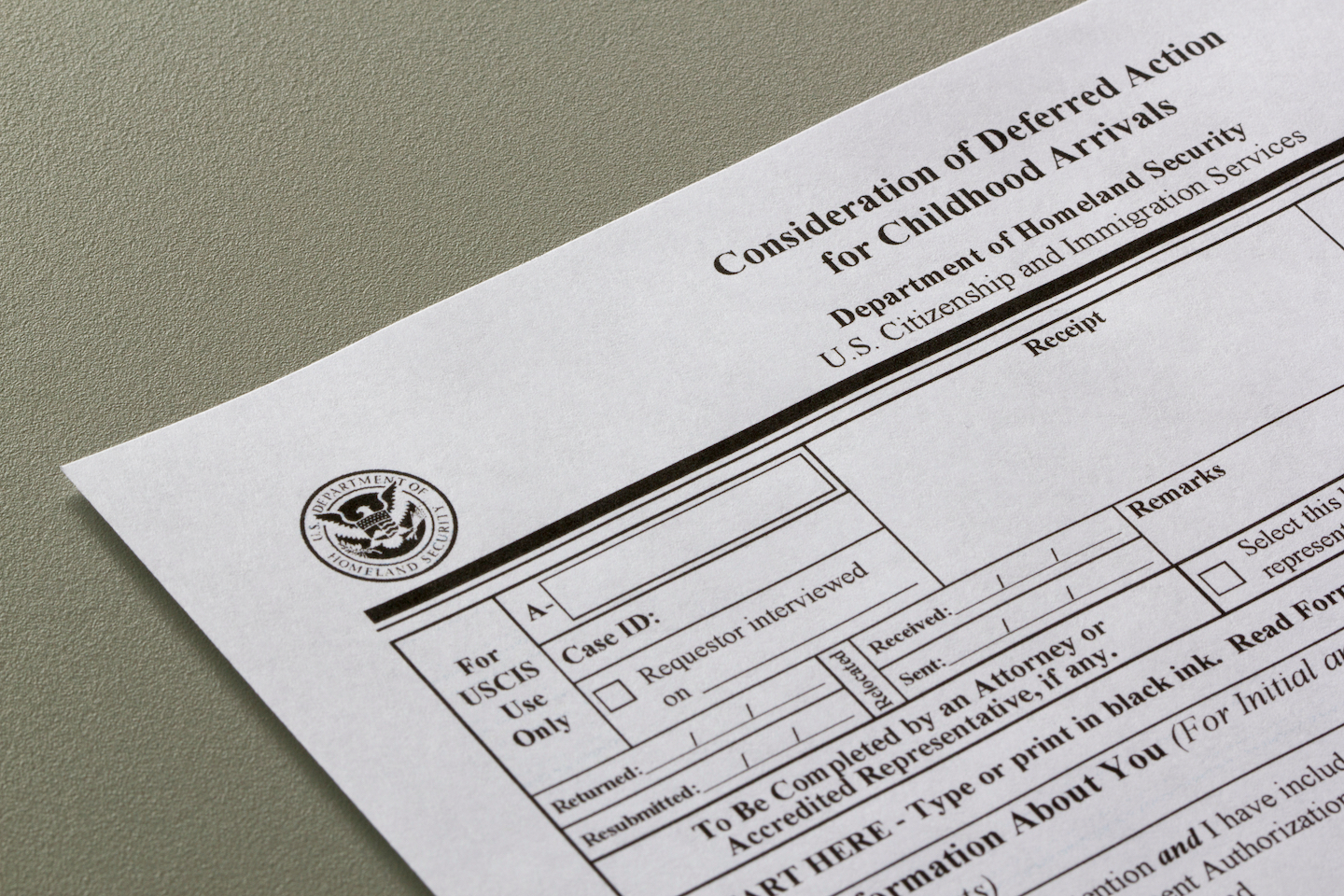The Economic Gains from Legalizing DREAMers
Queens College, City University of New York
The Issue:
There are approximately 3 million residents of the United States who were brought here as children and whose parents do not have legal residence. These DREAMers account for 1.3 percent of the population. About 1.6 million of these individuals meet the eligibility requirements for DACA, the Deferred Action on Childhood Arrivals, and about 800,00 of them applied for, and were granted, DACA status. Those covered by DACA are temporarily reprieved from deportation and granted work permits.
One argument for DACA is that it provides economic benefits through raising labor force participation and productivity among those it shields from deportation
The Facts:
- Congress first attempted to pass the Development, Relief and Education for Alien Minors (DREAM) Act in 2001, but failed to do so then, and repeatedly failed subsequently. The DREAM Act would have offered those who had arrived illegally as children a track toward permanent legal residence. Given the failure to pass the DREAM Act, in 2012 President Obama established DACA through an executive order.
- Deferred Action on Childhood Arrivals (DACA) allows people brought to the United States illegally as children the temporary right to live, study and work in America. Those applying must have arrived in the United States prior to their 16th birthday, be born after 1980, be vetted for any criminal history or threat to national security and must be enrolled in school, hold a high school degree (or GED), or have been honorably discharged from the Armed Forces. DACA recipients obtain protection from deportation for renewable two-year periods, and become eligible for basic rights like obtaining a driving license and legal employment. To date, nearly 800,000 DREAMers have received DACA status. All those individuals have graduated from high school and many are either in college or have a college degree.
- Undocumented workers are less productive than documented workers with the same levels of education and experience. Undocumented status tends to be accompanied by anxiety and stress, which can adversely affect labor market performance (see here and here). The lack of documentation also reduces labor market opportunities and keeps educated undocumented youth in low-skill jobs for which they are overqualified (see here). This means that undocumented status contributes to lower productivity, due to mental stress and job mismatch, resulting in lower wages. Research by Ryan Edwards, Amy Hsin and myself estimates that, prior to DACA, wages of employed DREAMers were about 20 percent lower than the wages of workers with similar education and experience. This estimated wage shortfall, which is based on Census data, is consistent with estimates in other studies that have used other datasets that also find wage gaps ranging between 14 to 24 percent (see here, here and here).
- More than half of DACA recipients moved to a better job, more in line with their skills, when granted DACA status. DACA also raises the proportion of DREAMers who are working. Part of this is a shift from college enrollment to take advantage of the improvement in labor market opportunities (as argued here and here). Another part of this is due to DACA recipients entering the labor force and becoming employed. When DACA was passed, the employment rate of eligible individuals increased from 65 to 70 percent (as shown here). Our analysis suggests that DACA increased national income by $7,454 per employed DACA recipient. About 75 percent of this increase in income is due to productivity gains and 25 percent to increases in employment among DACA beneficiaries. Overall, this amounts to a GDP increase of $3.5 billion per year.
- The relatively small size of the eligible DREAMer population and their relatively high educational attainment means that legalization would be unlikely to affect natives’ employment and wages in any significant manner. According to our estimates, native workers with some college education (but lacking a 4-year degree) may experience small wage declines of at most 0.2 percent, while the wages of U.S.-born workers with at most a high school degree are predicted to increase by around 0.1 percent, if DREAMers are legalized. Historical evidence supports the notion that negative effects on native employment are unlikely (for instance researchers have not found negative effects on the wages or employment of U.S. farmworkers during the removal of the Mexican Braceros in the 1960s). This lack of an adverse effect on the native born is particularly true now, at a time when unemployment is at historic lows (as argued here and here).
- Compared with permanent legal status, granting undocumented youth temporary permits reduces the incentive to stay in college due to the temporarily improved labor market outcomes, making it difficult to get back to college and graduate at a later point in time (see here). Instead, the certainty of permanent legal status allows for better planning of long-term investments in education. In fact, the conditions stipulated in the DREAM Act raise the incentive for DREAMers to attend college by making it one of the conditions to gain lawful permanent residence (see here). According to our analysis, if merely half of the DREAMers that currently have a high school degree (but no college education) chose to obtain an associate’s degree, the GDP gains from passing the DREAM Act would be $15.2 billion annually, or $15,371 per legalized worker (as described here).
What this Means:
Research shows that there are economic benefits of DACA, even though this only affords temporary status. Passing the DREAM Act would likely result in even greater benefits to the economy. By providing a path to legal permanent residence, DREAMers’ educational plans would not be distorted, as may be the case with temporary permits. In fact, the DREAM Act is likely to boost college attendance among DREAMers, substantially increasing the contribution of DREAMers to the economy.
Like what you’re reading? Subscribe to EconoFact Premium for exclusive additional content, and invitations to Q&A’s with leading economists.

